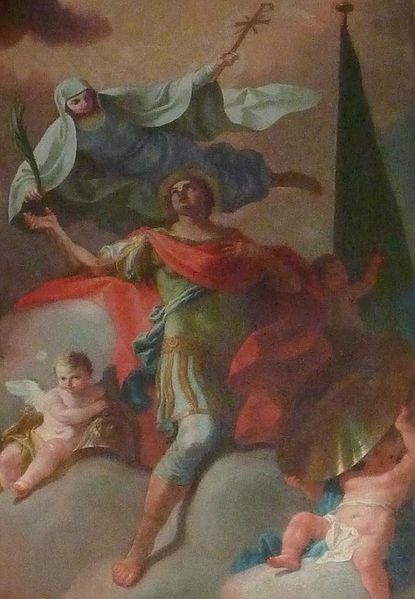Hippolytus of Rome was a Bishop of Rome and one of the most important second-third century Christian theologians, whose provenance, identity and corpus remain elusive to scholars and historians. Suggested communities include Rome, Palestine, Egypt, Anatolia and other regions of the Middle East. The best historians of literature in the ancient church, including Eusebius of Caesarea and Jerome, openly confess they cannot name where Hippolytus the biblical commentator and theologian served in leadership. They had read his works but did not possess evidence of his community. Photios I of Constantinople describes him in his Bibliotheca as a disciple of Irenaeus, who was said to be a disciple of Polycarp, and from the context of this passage it is supposed that he suggested that Hippolytus so styled himself. This assertion is doubtful. One older theory asserts he came into conflict with the popes of his time and seems to have headed a schismatic group as a rival to the bishop of Rome, thus becoming an antipope. In this view, he opposed the Roman Popes who softened the penitential system to accommodate the large number of new pagan converts. However, he was reconciled to the Church before he died as a martyr.

Saint Hippolytus assisted by two Angels and the Virgin Mary.
Roman sculpture, maybe of Hippolytus, found in 1551 and used for the attribution of the Apostolic Tradition
The Bibliotheca or Myriobiblos was a ninth-century work of Byzantine Patriarch of Constantinople Photius, dedicated to his brother and composed of 279 reviews of books which he had read.
Cover of Bibliotheca



